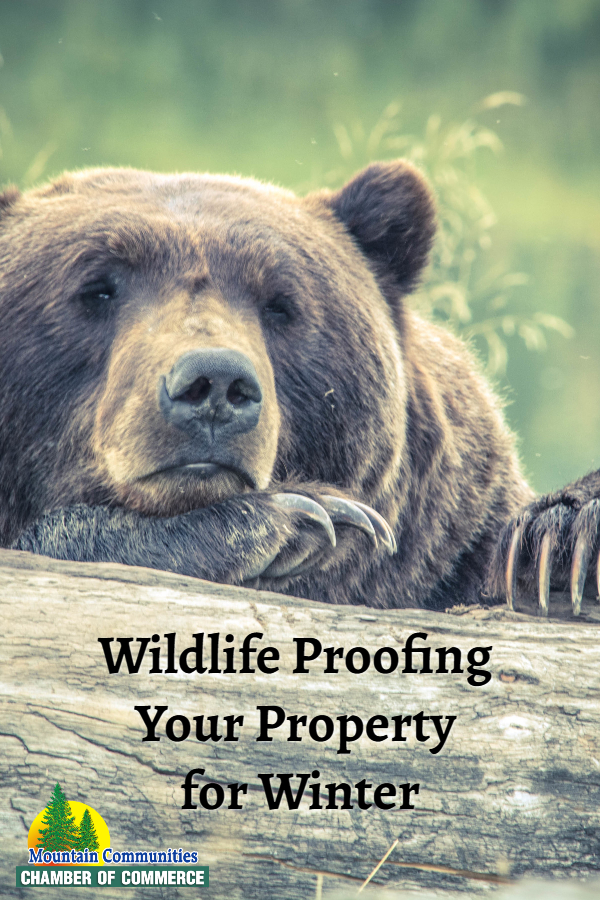-
Wildlife Proofing Your Property for Winter

As winter comes, our resident wild critters are preparing for the cold. Make sure YOU prepare too, otherwise you may find some unwanted house guests!
It's important to wildlife-proof homes, sheds, and other buildings to prevent animals from turning them into dens. Bears will be looking for a cozy spot to hibernate, and smaller animals like raccoons, squirrels, and opossums want warm, dry places. They are more than happy to nest in attics, under decks and porches, in sheds, and will even gnaw holes in fascia to get into the roof structure of homes. Squirrels in particular, are not bothered by sharing their nesting space with homeowners. They will keep you up at all hours with their gnawing and scratching.
Having a wild animal take up residence in your home or outbuilding is an annoyance, but it's also a hazard - for them and you. They damage insulation, electrical wiring, pipes, screens - just about anything you can think of. And let's not forget about the excrement (eewww) and potential diseases like rabies and hanta virus.
Once wildlife has decided on your space for their refuge, it can be very difficult to remove them. The California Department of Fish and Wildlife offers these tips to wildlife proof your home. Do them before winter!- Inspect entire foundation of homes and other buildings for the smallest of openings.
- Secure all crawl spaces, doors, and openings that provide open access for wildlife.
- If the dwelling will be unoccupied for the winter, remove all food - even canned goods and spices.
- Clean the floors, counters, and cabinets of unoccupied dwellings with ammonia-based products before closing for the winter.
- Secure pet doors at night. Close for the winter if unoccupied.
- Remove trellises, vines, shrubs, and tree limbs that may give wildlife access to the roof and attic.
- Repair shingles on the roof and repair holes near eaves.
- Cover your chimney with heavy mesh wire to prevent access into the house or nesting in the chimney.
For more information and tips, visit the CDFW Living With Wildlife website.
Tell a Friend

